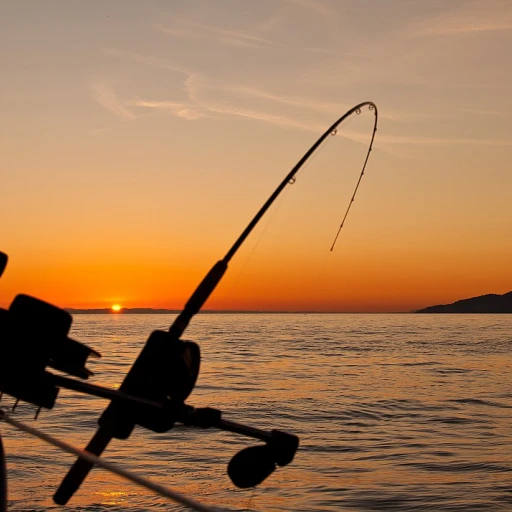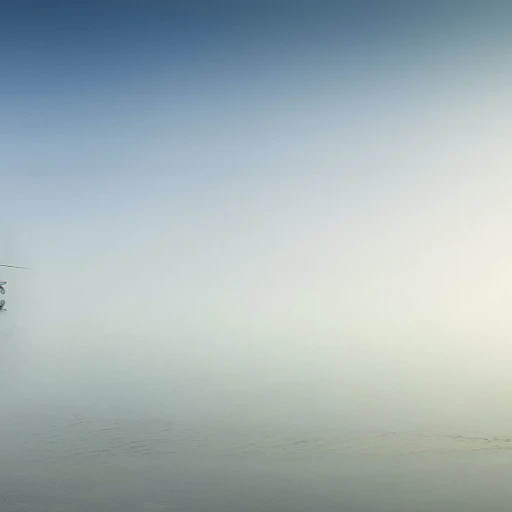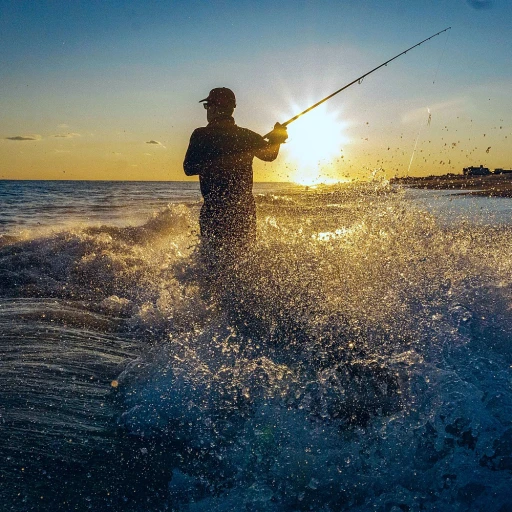
Understanding the largest grouper species
Identifying the larger-than-life grouper
Ever heard of a fish that could weigh as much as a small car? Meet the goliath grouper, or scientifically known as Epinephelus itajara. Other names for this behemoth include jewfish and Atlantic goliath grouper, a name that's pretty spot on since it can tip the scales at over 800 pounds!Decoding the giants
These goliath groupers aren’t just big; they're absolute heavyweights. They have a broadly rounded caudal fin and a robust physique. NOAA Fisheries mentions their weight often exceeds 350 kg. Identifying them is rather straightforward—look for those vertical bars on the sides that set them apart from their kin.Different types of tuna: a deep dive into the world of this versatile fish
Here’s a Goliath: a case study
There’s the famous tale of a fisherman in Florida capturing a 680-pound goliath grouper. The fish tugs and fights, showcasing its raw power—they're like sea bass on serious steroids. The lucky fisherman wrestles with the goliath for about two hours, enduring wave after wave of relentless fight. These groupers are the subject of numerous studies, like one conducted by Florida State University, which notes these fish’s significance to both commercial and recreational fishing. Unfortunately, their population took a hit due to overfishing. The good news? Conservation efforts are in place to ensure you can still share a boat with one of these colossal creatures.Habitat and distribution of the largest grouper
Preferred homes for goliath groupers
You might think these sea giants are wandering gypsies of the ocean, but you'd be wrong. Goliath groupers love their specific corners of the world's waters. You'll mostly find them hanging around the Atlantic Ocean, from Florida and the Gulf of Mexico to Brazil. Over in the Southeast Atlantic, they settle along Africa's coastline, from Senegal to Congo. Even up north to Florida, these beasts like shallow waters, residing at depths of less than 164 feet (50 meters).The draw of artificial reefs
Artificial reefs play a huge role in the life of these giant groupers. They provide the perfect nooks and crannies for shelter, breeding and hunting. Research led by NOAA Fisheries found that these habitats are crucial for juvenile fishes and support various commercial and recreational fishing activities. No wonder the goliath grouper, scientifically known as Epinephelus itajara, can find fin-tastic hiding spots in these man-made havens. The Florida Fish Wildlife Commission has been actively encouraging the development of artificial reefs to support underwater ecosystems and fishery management council efforts.Expansive range of grouper species
It's hard to talk about the goliath without giving a nod to its grouper cousins. There's the Atlantic goliath grouper and its Pacific sibling, the giant grouper (Epinephelus lanceolatus). Plus, let's not forget the spotted groupers that linger around coral reefs and even the mighty Warsaw grouper frequenting the depths of the Gulf of Mexico. Each species has its preferred hangouts, whether it's the rich mangroves, stealthy lagoons, or sprawling sea grass beds in the U.S., the Caribbean, or even as far as Japan and Australia.Controversies and conservation efforts
The goliath grouper's numbers hit rock bottom due to overfishing, but there's been a slow climb to recovery thanks to conservation efforts. Florida State University marine biologists have been among those leading the charge, supported by groups like NOAA Fisheries and the IUCN. However, the debate over allowing a harvest for recreational and commercial purposes continues to stir the pot. Some argue that responsible fishing could benefit the economy, while others insist it could spell disaster for this slow-reproducing species.Historical hotspots and rising concerns
Interestingly, hot spots like the reefs around South Africa's Algoa Bay and the estuaries of Senegal are known for their significant goliath grouper populations. However, these areas also face challenges from pollution, climate change, and illegal fishing activities, putting the local groupers under threat. Busy estuaries and oyster bars in regions like North Carolina are crucial nurseries for this giant fish, emphasizing the need for their protection to ensure future generations continue to prosper. Keep your eyes on the sea: conservation efforts are making waves, but the ongoing battle isn't over yet. And, while you're at it, explore the mysteries of rare deep-sea creatures to further appreciate the delicate balance of our marine ecosystems.Physical characteristics of the goliath grouper
Distinctive markings and structure
Recognized by its sheer size, the goliath grouper, scientifically known as Epinephelus itajara, exhibits a striking appearance. Adults can grow up to 8 feet in length and weigh as much as 800 pounds, making them the delight of ambitious anglers. Their massive frame is matched by a broad, flat body and a rounded caudal fin, giving them a silhouette that's hard to mistake.
Coloration and patterns
The goliath grouper boasts a dark, dusky brown or grayish-green body adorned with small black spots spread out across its head, fins, and body. This camouflage is ideal for the murky waters of reefs and wrecks where it typically resides. Juveniles exhibit more pronounced vertical bars along their sides, adding to their already distinctive look.
Powerhouse jaws and crushing bite
One of the most notable physical traits of the goliath grouper is its powerful jaw. Equipped with numerous short, sharp teeth, they can produce a bone-crushing bite. This feature, essential for their diet of crustaceans, fish, and even juvenile sea turtles, underscores their role as apex predators in their ecosystem.
Massive structure aiding the hunt
The structural build of goliath groupers includes a robust skeletal system which supports their weighty body. In addition, their pectoral and dorsal fins are large and muscular, providing the necessary propulsion for sudden bursts of speed during ambush hunting. Their capacity to inhale prey with a powerful suction is facilitated by their large gill covers and wide mouths.
Adaptation to environments
Grouper species like the Atlantic goliath and the giant grouper (Epinephelus lanceolatus) have adapted to thrive in varying environments from artificial reefs to natural coral clustering. The diversity in habitats requires a versatile body designed to maneuver around tight spaces and rugged terrains of reef structures in the South Atlantic, Caribbean, and the Gulf of Mexico.
Comparative analysis with other species
Comparatively, other species like the Warsaw and the black grouper don't match the sheer size and imposing presence of the goliath. Their differences span across their coloration, size, and specific habitat preferences.
Maintaining relevance in their habitats
A well-adapted body structure allows goliath groupers to maintain a dominant presence in their habitats, whether it's on the bottom of a deep reef or an artificial structure created to enhance marine life. Their physical characteristics are a testament to their adaptation and survival skills in the wild, ensuring their continued significance in marine ecosystems.
Fishing for the largest grouper
Getting ready to reel in the giants
Catching the largest grouper species, such as the goliath grouper (Epinephelus itajara) or the giant grouper (Epinephelus lanceolatus), presents quite the challenge for avid anglers
These colossal fish often exceed 400 pounds, making gear choices critical. Anglers typically rely on powerful rod-and-reel setups capable of withstanding immense pressure. A common choice is a heavy-duty, 80-130 lb class rod paired with a high-capacity reel. These reels often have robust drag systems able to handle the force these groupers exert during a fight.
Best bait choices
When targeting the largest species, live bait can be irresistible. Popular choices include bonito, blue runners, and large mullets. These baits can draw goliath groupers out from their hiding spots among the reefs and wrecks. Anglers should use circle hooks to increase catch-and-release survival rates.
Ideal fishing spots
Several prime locations are renowned for their large grouper populations. In the southeastern United States, places like the Gulf of Mexico and the waters around Florida are hotspots. Grouper also thrive in the Caribbean, the South Atlantic around South Africa, and tropical areas of the Pacific including Australia.
Techniques for bottom fishing
Anglers generally use bottom fishing techniques when targeting groupers. This involves dropping baited hooks to the seafloor and waiting for a bite while the boat remains stationary or drifts. Considering their tendency to dwell in depths between 100 to 300 feet, using multi-speed reels allows fishermen to manage heavy lines at considerable depths more efficiently. Weighted rigs are essential to combat strong currents and prevent baits from shifting away from the desired strike zone.
Managing the catch
When successfully hooking a giant grouper, the real test begins. These fish are fighters, often diving back into cover or rocks, which can lead to line breakage. Experts recommend maintaining constant pressure and gradually coaxing the fish from the bottom. Using a harness can alleviate the physical strain, allowing anglers to exert maximum force without exhausting themselves.
Conservation consciousness
It's crucial to consider the regulations surrounding grouper fishing. Many species, including the Atlantic goliath grouper, have specific fishing seasons and size limitations to prevent overfishing. Organizations like NOAA Fisheries and various state wildlife authorities provide guidance on sustainable practices. The use of barbless hooks and practicing proper release techniques can help in the conservation efforts to ensure these magnificent fish continue to thrive.
Conservation status and efforts
Efforts to save the goliath grouper
Conservation for the largest grouper, like the revered goliath grouper (Epinephelus itajara), has been a hot topic among marine biologists, anglers, and environmentalists. This species, once abundant in the waters of the Atlantic, Caribbean, and Gulf of Mexico, faced dramatic declines in population due to overfishing and habitat loss.Importance of protective regulations
Back in the 1980s, goliath groupers were nearly fished to extinction in some areas. NOAA Fisheries stepped in by establishing bans on the harvest of these giants, recognizing their importance in marine ecosystems and the need for measures to restore their populations. The U.S. has strict regulations that limit both commercial and recreational fishing for goliath groupers. These protections are critical in helping the species recover. NOAA’s continuous surveillance and updates on stock assessments are pivotal in maintaining these bans.Current population status
According to NOAA Fisheries, the population of goliath groupers has shown slight recovery in recent years. However, they’re still listed as vulnerable by the IUCN Red List. Florida State University researchers observe that while there's a noticeable comeback, careful management and continued protection are essential. It’s estimated that a goliath grouper can live up to 40-50 years, which means that even if the numbers seem to be climbing, sustainability efforts must persist over the long run.Role of artificial reefs
Artificial reefs have been instrumental in goliath grouper conservation. Several studies indicate that these structures provide essential habitats, similar to their natural reef counterparts. Not only do they offer shelter, but they also support a vibrant food web that benefits different grouper species and other marine life. Anglers and conservationists alike have reported successful sightings of goliath groupers around these man-made structures, affirming their effectiveness.Voices from the community
Experts like Dr. Christopher Koenig of Florida State University have emphasized the ecological significance of these fish. In his words, “Goliath groupers are not just another fish in the sea. They’re an integral part of the marine ecosystems.” The sentiment is echoed by local fishing communities who increasingly advocate for the conservation of these majestic creatures. William Molnar, a seasoned angler in the Gulf of Mexico, notes, “Seeing a goliath grouper in the wild is an unforgettable experience. We need to protect them for future generations.”The controversy of re-opening the fishery
Even with positive recovery signs, there remains a contentious debate over the potential re-opening of the goliath grouper fishery. Some argue that a controlled, limited recreational harvest may not severely impact the population, while others, including many conservationists, advocate for sustained protection until the population gains full stability. The Florida Fish and Wildlife Conservation Commission holds public consultations to gauge community sentiment and scientific advice before making any decisions.Case studies of record-breaking catches
Reeling in monsters: tales of record-breaking catches
Over the years, angling enthusiasts have snagged some truly jaw-dropping groupers. These giants are not just fish but legends in the fishing community. One name that stands out is Tim Fraley, who, back in 1991, landed a massive goliath grouper weighing a staggering 680 pounds off the coast of Florida. This feat remains one of the most talked-about catches to date, showcasing the sheer size potential of these underwater behemoths.Iconic catches in history
In the waters of the Gulf of Mexico, an area renowned for its rich marine biodiversity, another iconic catch took place. In 1985, a commercial fisherman managed to reel in a goliath grouper that tipped the scales at 663 pounds. These colossal catches aren't just local legends but have also been documented and verified by NOAA Fisheries, adding credibility to these incredible stories.Florida's deep sea giants
Florida State University has conducted extensive research into the populations of goliath groupers, revealing fascinating insights. These studies emphasize the importance of estuaries, oyster bars, and artificial reefs as vital habitats for these fish, offering both shelter and feeding grounds. The fishery management council has implemented measures to protect these areas, ensuring that future generations can also marvel at and perhaps reel in their record-breaking giants.Angler anecdotes: personal victories over giants
Many recreational fishermen have their stories of grappling with these underwater titans. Take, for example, John Costas, whose epic battle with a 500-pound goliath grouper off the coast of North Carolina is still recounted with awe among local anglers. Using a rod and reel combo, Costas' tale is not just a testament to human perseverance but also a reminder of the allure of deep-sea fishing and the mysteries it holds.A look at global record holders
The international fishing community is no stranger to monumental captures. In Australia, the giant grouper (Epinephelus lanceolatus) frequently features in anglers' tales. With reported catches upwards of 800 pounds, these stories from the Pacific lend a global perspective to the quest for the largest grouper. Even in places like Algoa Bay in South Africa, tales of monstrous groupers are part and parcel of the fishing culture.Embarking on your grouper quest
For those inspired by these legendary catches and looking to embark on their fishing adventure, the Gulf of Mexico, along the coasts of Florida, or even the coral-rich waters of the Caribbean offer unparalleled opportunities. Groupers, including the goliath (Epinephelus itajara), thrive in these regions, waiting for the next intrepid angler to make their mark in the annals of fishing history.The role of artificial reefs in grouper habitats
The transformative impact of artificial reefs on grouper populations
Artificial reefs have played a pivotal role in the preservation and enhancement of grouper habitats. Established by strategically placing structures such as old ships, concrete blocks, and other heavy materials on the sea floor, these reefs become biological hotspots, aiding in the replenishment of fish populations, including the goliath grouper (Epinephelus itajara).How artificial reefs foster grouper growth
Artificial reefs mimic the natural rocky outcrops and coral reefs found in the wild, providing shelter and foraging grounds for young groupers. These man-made structures not only offer protection from predators but also create an environment conducive to breeding and nurturing juvenile fish. According to NOAA Fisheries, effective artificial reef programs can enhance local fish stocks by up to 400%.Case study: the florida keys
A successful example of artificial reef implementation can be seen in the Florida Keys. Here, the Florida Fish and Wildlife Conservation Commission has collaborated with various organizations to develop reef sites that have resulted in increased grouper populations. The artificial reefs in this region have significantly supported the recovery of goliath grouper populations, which were once severely depleted.Positives and controversies
While the benefits of artificial reefs are evident, they are not without controversy. Some environmentalists argue that artificial reefs can sometimes lead to changes in local ecosystems, potentially displacing native species. Despite these concerns, studies have demonstrated that the properly managed deployment of artificial reefs can overwhelmingly support conservation efforts and biodiversity.Looking forward
The future of artificial reefs in grouper management looks promising. By continuing to research and refine these structures, there is potential to offset habitat loss due to human activities and climate change. Ensuring the long-term sustainability of giant groupers and other reef-dwelling species will depend on collaborative efforts between conservationists, scientists, and local communities.The future of grouper conservation
Advanced conservation strategies and community involvement
As we look into the future of grouper conservation, it's important to evaluate advanced strategies and the role of community involvement. Researchers and environmentalists are working tirelessly to ensure the survival of these giant fish species, including the goliath grouper (Epinephelus itajara) and the giant grouper (Epinephelus lanceolatus). According to NOAA Fisheries, these species face considerable threats, such as habitat loss, overfishing, and climate change. Effective conservation strategies are crucial.
One of the promising strategies in conservation is the establishment of marine protected areas (MPAs). MPAs can offer safe havens for groupers, allowing populations to recover without the pressure of fishing activities. Studies conducted by Florida State University have shown that groupers thrive in MPAs, exhibiting higher reproductive success rates and increased population densities. Furthermore, the involvement of local communities in monitoring and managing these protected areas is vital for sustained conservation efforts. By engaging with fishers and coastal communities, conservationists can foster a sense of stewardship and collective responsibility.
Advancements in technology for tracking and studying grouper populations
Advancements in technology have also greatly enhanced our ability to track and understand grouper populations. Satellite tagging and remote sensing technologies provide valuable data on the migration patterns, habitat preferences, and behaviors of species like the goliath grouper. This information is essential for developing effective conservation strategies and policies. According to a US Geological Survey report, satellite tagging has revealed that goliath groupers travel significant distances, which emphasizes the need for international cooperation in their conservation.
Legal protections and the role of legislation
Legal protections and effective enforcement mechanisms play a key role in grouper conservation. Many countries have enacted regulations to limit the harvest of certain grouper species. For example, the Atlantic Goliath Grouper has been listed under the 'Species of Concern' by NOAA Fisheries, leading to stringent regulations on its catch. The Gulf of Mexico Fishery Management Council has also implemented size and bag limits to prevent overfishing.
The role of legislation is not only to protect groupers from overfishing but also to address habitat destruction. Coral reefs, estuaries, and oyster bars are critical habitats for juvenile groupers. Efforts to restore and protect these habitats can significantly contribute to the recovery of grouper populations. Additionally, artificial reefs have been successfully used to provide alternative habitats for groupers, promoting their growth and survival.
Collaborative efforts for a sustainable future
Looking ahead, a collaborative approach involving scientists, policy-makers, local communities, and international organizations is essential for the sustainable conservation of grouper species. Organizations like the International Union for Conservation of Nature (IUCN) work globally to assess the conservation status of species and provide guidance on conservation priorities. Sharing knowledge and resources across borders can help address the multifaceted challenges faced by groupers.
In conclusion, the future of grouper conservation requires a combination of advanced strategies, technological advancements, robust legal protections, and active community involvement. By working together, we can ensure that these magnificent giants of the sea continue to thrive for generations to come.

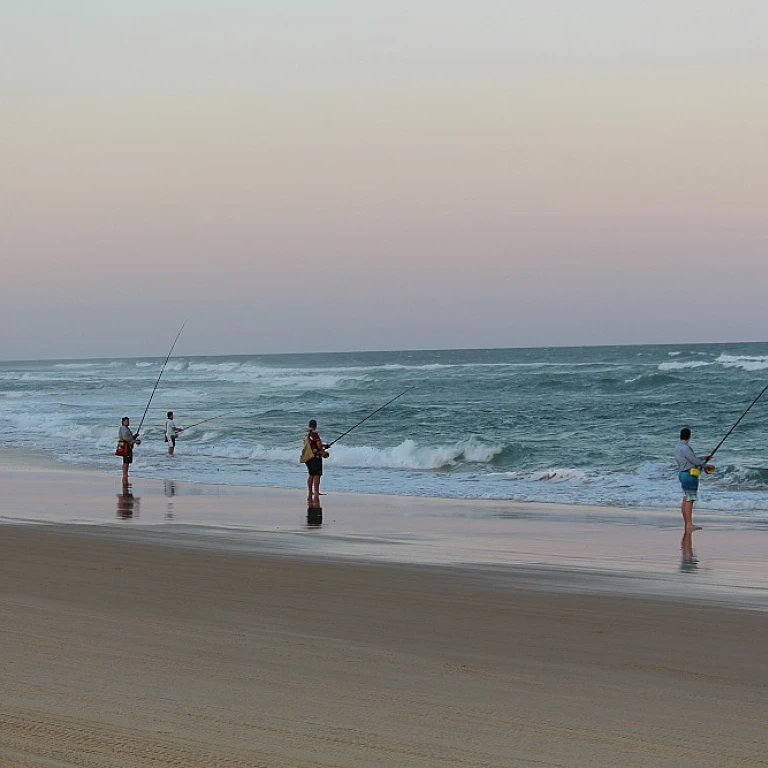
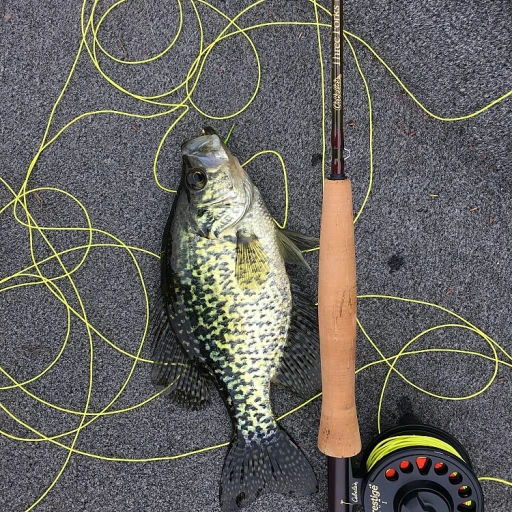
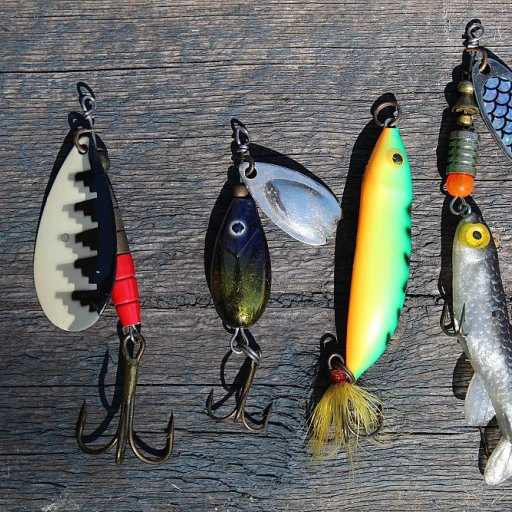
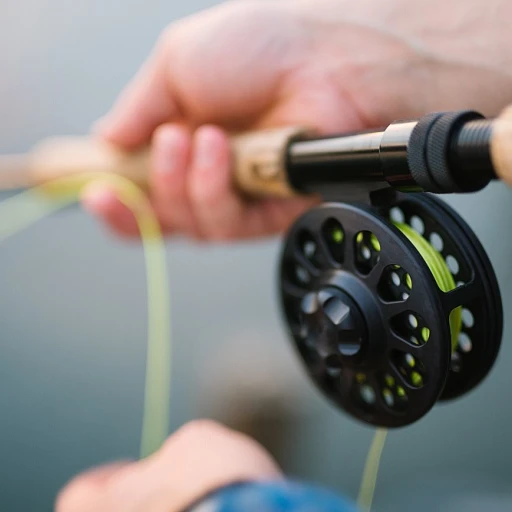
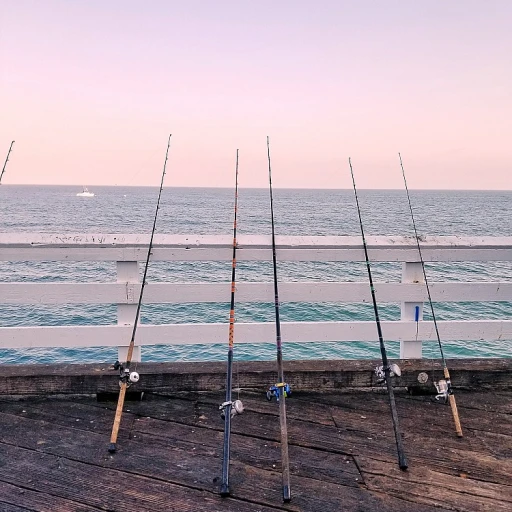

-large-teaser.webp)
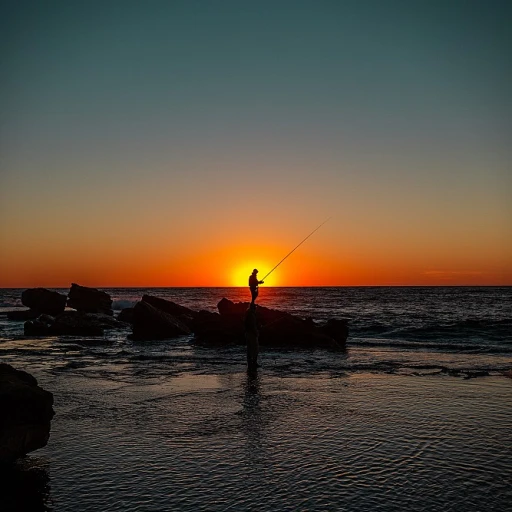
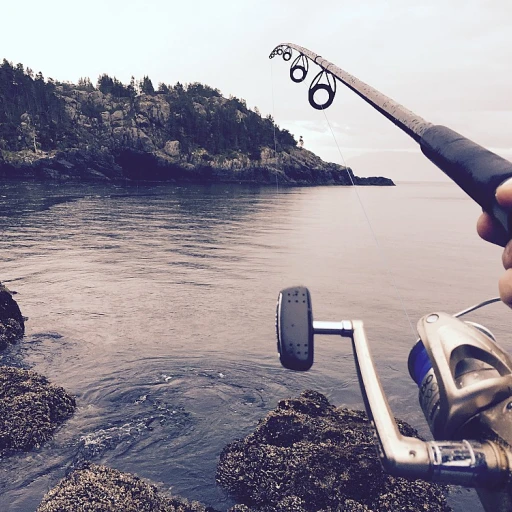
-large-teaser.webp)
